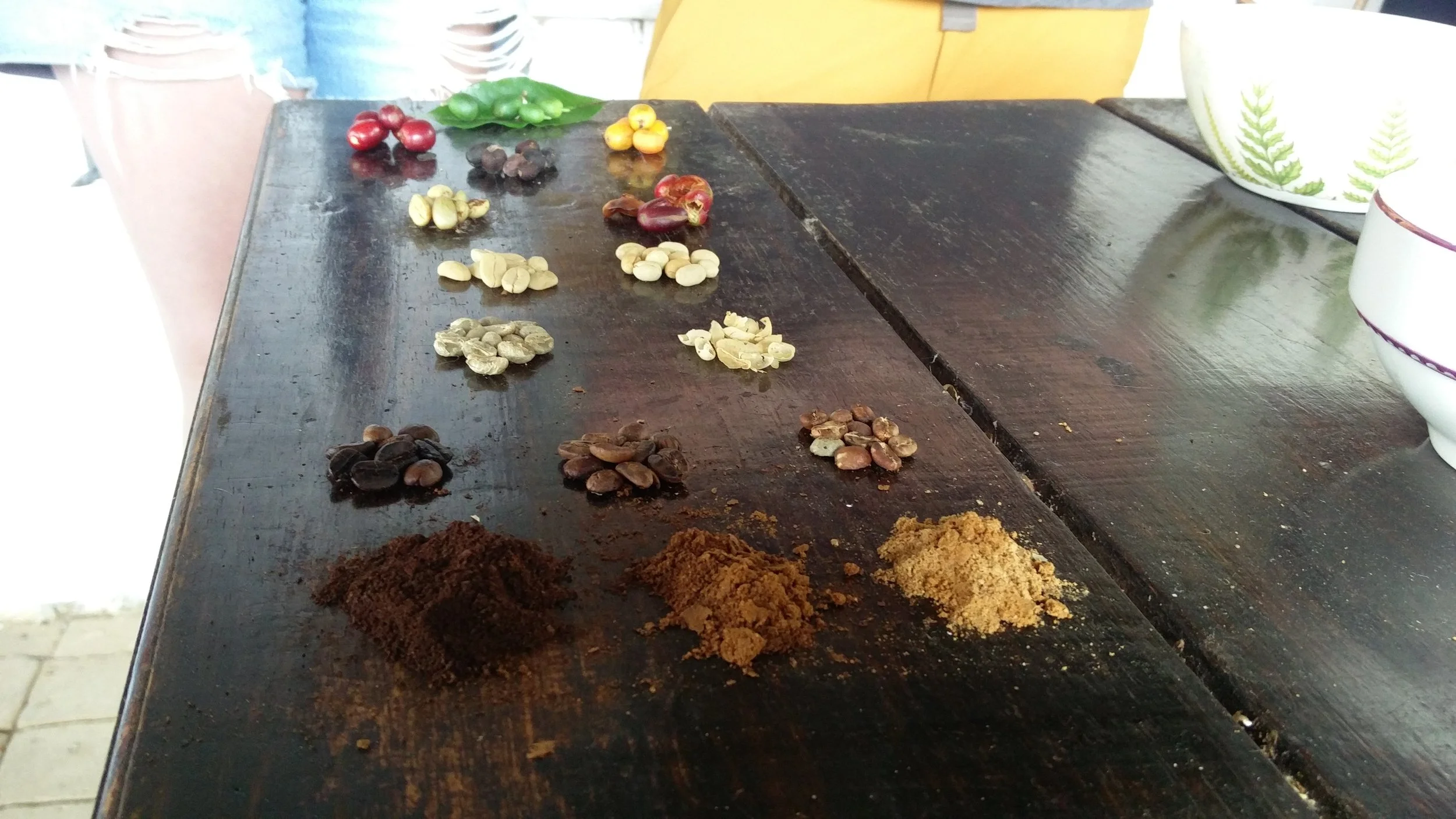9 Gems from Colombia's Really Magical Cuisine

Colombia's recent history is a little complicated. One effect of the appalling violence the people endured there for much of the latter half of the 20th century is that many tourists were afraid to visit. Now, as matters have improved greatly, travellers are returning in their droves and are being welcomed with open arms. One facet of their rich culture which Colombians are eager to share with their visitors is their culinary wealth. Like many of the countries that stretch themselves from the Amazon across the Andes to the sea, there is huge variety in Colombian cuisine, and Colombia also has the unique status of being the only South American country with both a Pacific and an Atlantic coastline; the Caribbean influence can be felt more strongly as you move northwards. I found a couple of real gems here that were very different from the food of their nearest neighbours.
Popayán and Mora Castilla
On crossing the border from Ecuador we had intended to head straight to Cali in the Southwest. To break up the long journey we decided to stop in a little town called Popayán. Imagine our surprise when it transpired that this little white-walled town has five UNSECO World Heritage Awards, one of which is for its food heritage!
Taking a walking tour around the town we found out that this accolade is almost exclusively thanks to one woman, Doña Chepa. She serves local specialities in her bakery (Lo Dulce de Doña Chepa) and the café overhead, Mora Castilla. Dining there was an experience like no other!
Salpicón Payanés
To describe this simply, it's a slushy. To call it that, however, is to do it a disservice. This is one of the nicest cold drinks I have ever tasted. It consists of crushed iced (traditionally it was made with snow from the mountains), mora de castilla (Andean raspberries and the fruit after which the restaurant is named), juice from the lulo fruit (a particularly tart tropical fruit) and chunks of guanabana (a fleshy white fruit) mixed through. We barely spent 24 hours in Popayán and had to go back for another of these before we could leave the town.
Empanaditas de Añejo
These are emapanaditas de añejo: little deep-fried empanadas made from fermented corn flour. They were stuffed with pipián and were served with a delicious peanut dipping sauce. They were totally different from any other empanadas I had tried before and very tasty!
Patacon con Queso
Patacon con queso is a simple but delicious dish. They take a plantain, cut it in half, deep-fry it, mash it out into a disc, deep-fry it again until it's crispy and then cover it in cheese. It's served with a variety of sauces and very often appears alongside fish dishes in Colombia. Simple, yes, but sometimes simple is best. I really liked these slightly sweet and cheesy fritters.
Arepa
You can't visit Colombia without coming across Arepa. Like tortillas, they are made from corn flour but they are fried in oil rather than cooked on a dry heat. Sometimes they are plain, dry, sad, little discs with a texture like rice cakes left out in the sun for a week but if they are done properly they are amazing.
The one pictured above was fried in butter and filled with butter and cheese. I had others filled like pittas with salads and other tasty treats. They are as central to the Colombian diet as bread is to the Irish diet.
Coffee
I had the opportunity to see the coffee production process from beginning to end in Salento, in Colombia's coffee triangle. It was fascinating getting a more in-depth understanding of something so central to my daily life. We visited Finca Don Eduardo (Tim Edwards is the owners name but he reckoned no-one would believe he was a genuine Colombian finca owner with a name like that!).
We picked some coffee cherries, washed them, removed the fruit and separated those of an inferior quality by placing them in water. The drying process takes a couple of days in the sun but Don Eduardo had kindly prepared some earlier and we had the opportunity to roast them and brew a cup right there and then. You can check out the process from beginning to end on my instagram stories here.
Buñuelo
These are buñuelos. I saw them on the street and in the bakeries all over Colombia. Little balls of cassava flour, cheese and eggs deep-fried to perfection. They're pretty heavy, as you'd imagine, and more like cake than bread but they were a great cheap snack for this traveller on a backpacker budget to get me from one meal to the next whilst tramping the city streets.
Pan de Bono
Pan de Bono is a little bun like a bap made from cassava flour and cornflour mixed with cheese. Despite having many similarities with the buñuelo the end result is quite different. It's fine and hearty and it's gluten-free. Another great snack to grab while on the go.
Bandeja Paisa
This is Bandeja Paisa (the Paisa man's platter). It's a famous plate of food from the Paisa region in Colombia. It's not dissimilar to the full Irish breakfast. It has sausages, pudding, fried eggs, beans, avocado, minced beef, rice, plantain and chicharrón (deep-fried pork-belly). I tried it a place called Hacienda on Medellín's main shopping street and there was more than enough on the plate for two. Needless to say, it's not a meal you'd eat on a regular basis!
Having visited a good number of countries at this point in the trip Colombia is definitely in the running as my favourite. The people were so helpful and friendly, the landscape so diverse and fascinating and the range and quality of the food was really magic. I might be slightly biased though, because of my love of coffee.


















